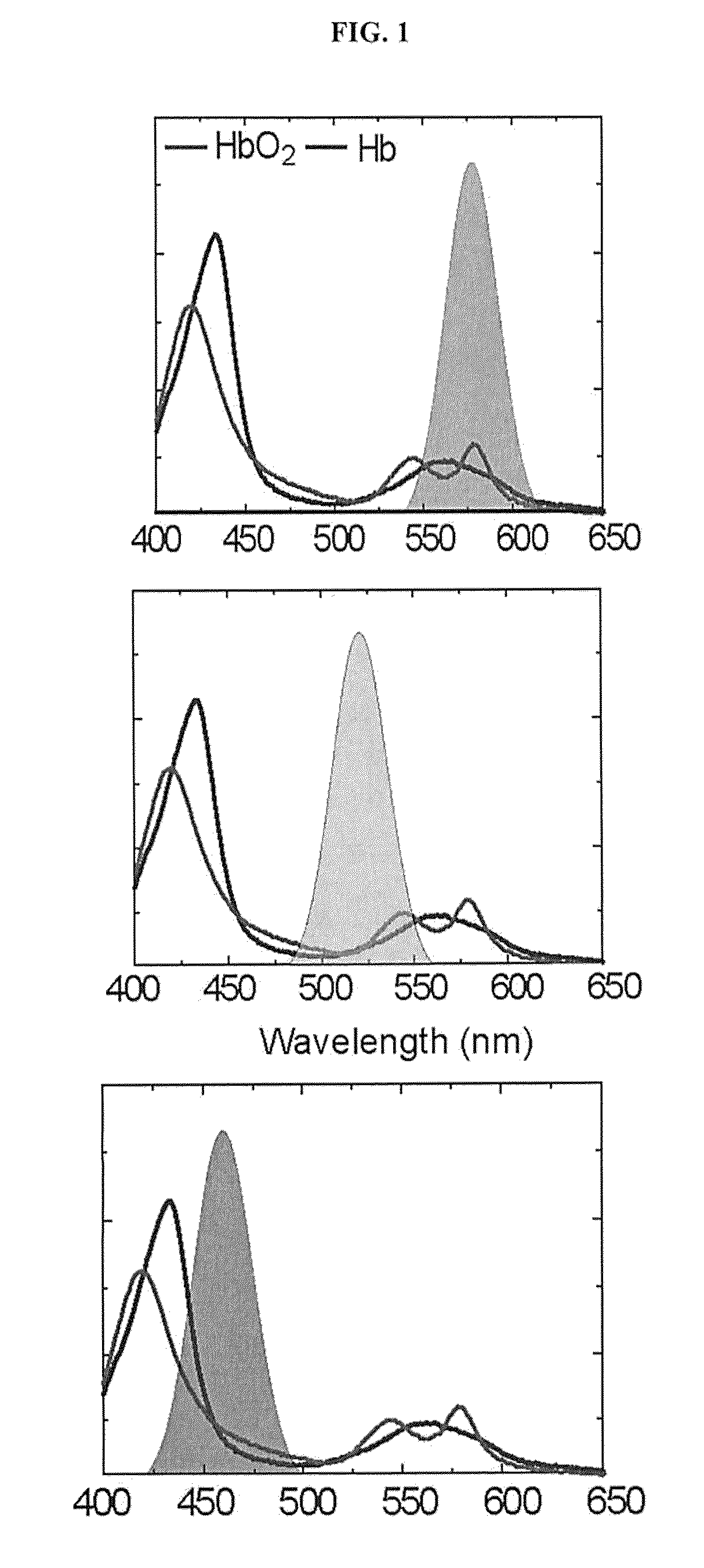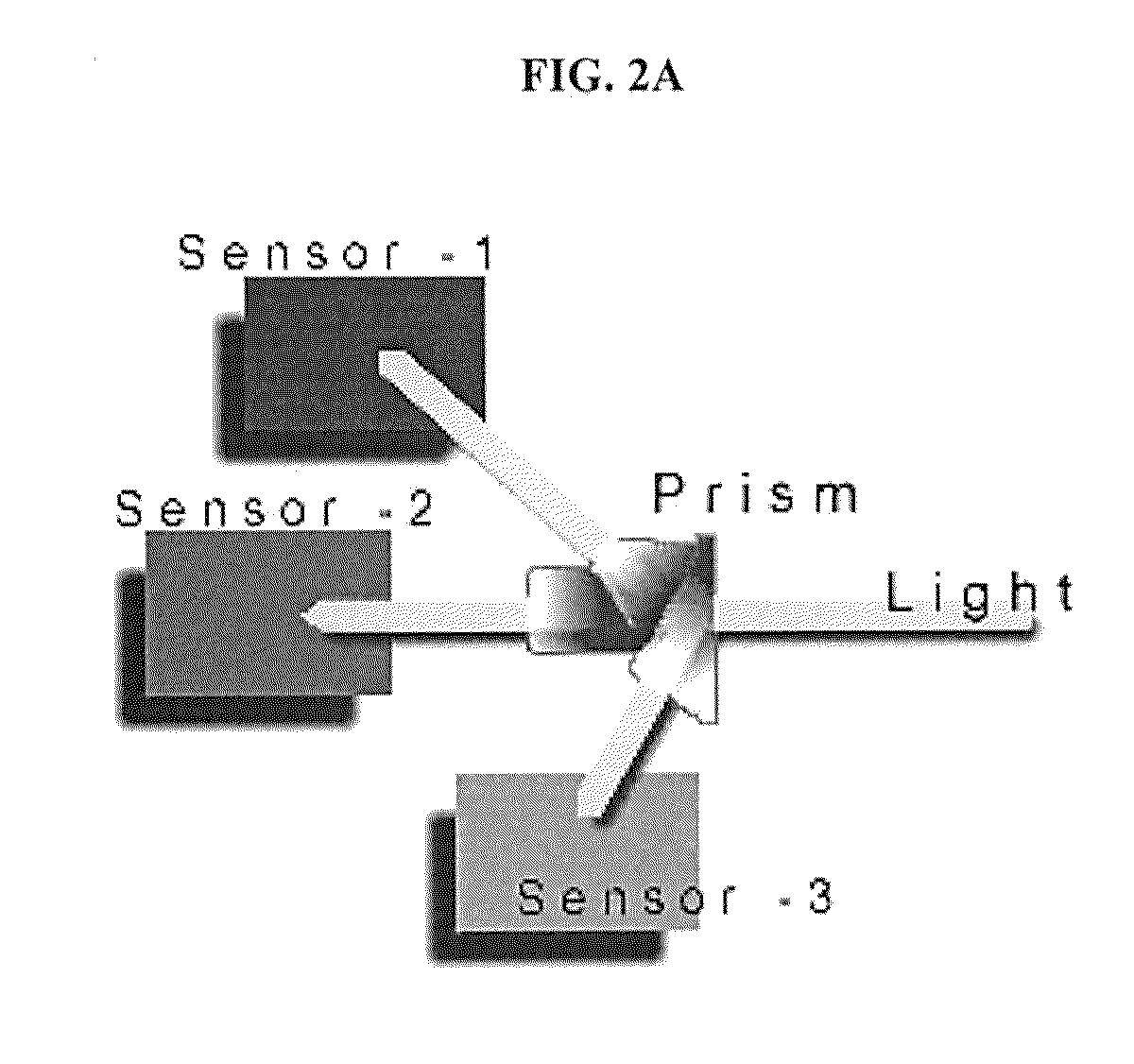Image contrast enhancement for in vivo oxygenation measurements during surgery
a tissue oxygenation and contrast enhancement technology, applied in the field of real-time monitoring, can solve the problems of inability the standard method used in the assessment of organ viability during surgery is limited to visual cues, and there is no in vivo methodology to monitor the oxygenation of the renal parenchymal organ during laparoscopic surgery. , to achieve the effect of best contrast and enhanced contrast between oxygenated and deoxy
- Summary
- Abstract
- Description
- Claims
- Application Information
AI Technical Summary
Benefits of technology
Problems solved by technology
Method used
Image
Examples
##ic example 1
Prophetic Example 1
Real-Time Validation Using Porcine Model
[0056]The 3-CCD (Stryker) camera and the tower light were mounted to the overhead operating room light such that both kidneys were evenly illuminated and in the field of view. The renal vein and artery were partially and sequentially clamped with Satinsky clamps until the vessels were completely occluded (i.e. immediately following 1 click, then 5 minutes post-click, immediately following a total of 2 clicks, then 5 minutes post-click, immediately following a total of 3 clicks, then 2 and 5 minutes post-click, immediately following 4 clicks, then 1, 2 and 5 minutes post-click).
[0057]At each time point of interest, an image was captured directly by the camera and processed immediately and presented as a 3-CCD contrast enhanced image. The surgeon defined the areas for ROIs and the algorithm performed and displayed a real-time calculation of the mean intensity value and its corresponding sO2. In addition, at each time point, re...
PUM
 Login to View More
Login to View More Abstract
Description
Claims
Application Information
 Login to View More
Login to View More - R&D
- Intellectual Property
- Life Sciences
- Materials
- Tech Scout
- Unparalleled Data Quality
- Higher Quality Content
- 60% Fewer Hallucinations
Browse by: Latest US Patents, China's latest patents, Technical Efficacy Thesaurus, Application Domain, Technology Topic, Popular Technical Reports.
© 2025 PatSnap. All rights reserved.Legal|Privacy policy|Modern Slavery Act Transparency Statement|Sitemap|About US| Contact US: help@patsnap.com



